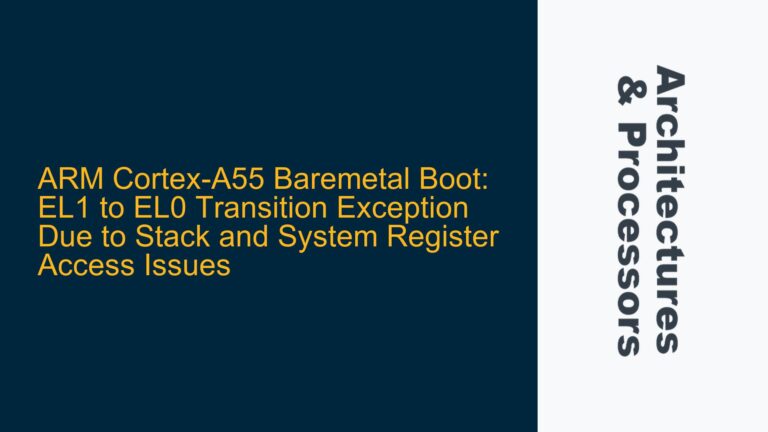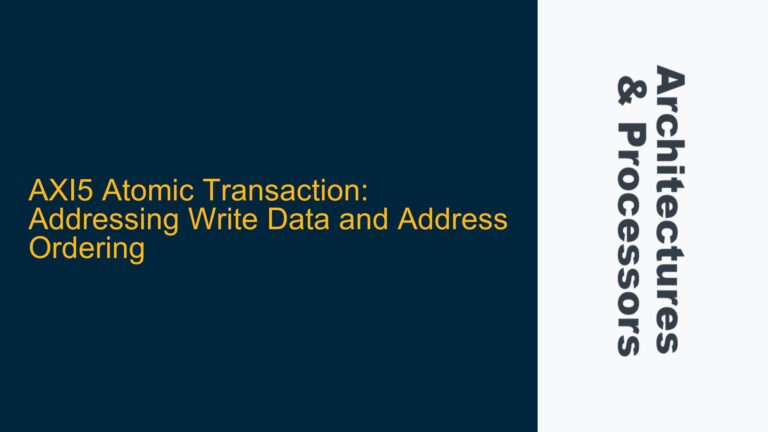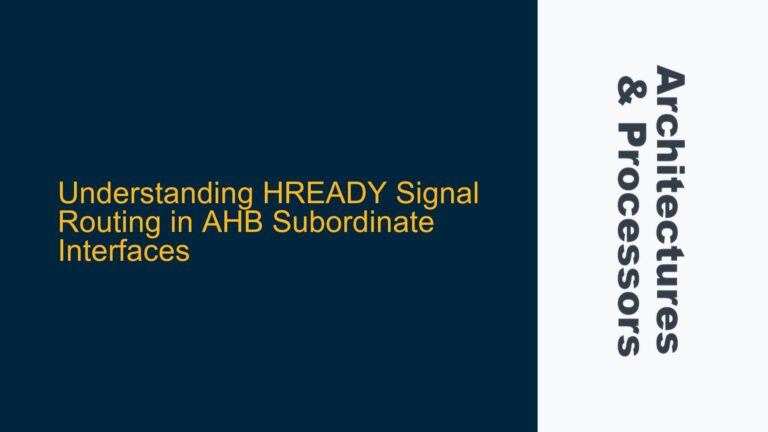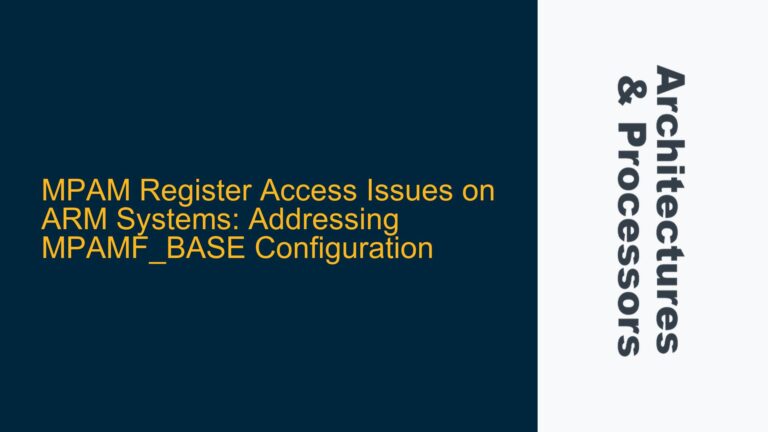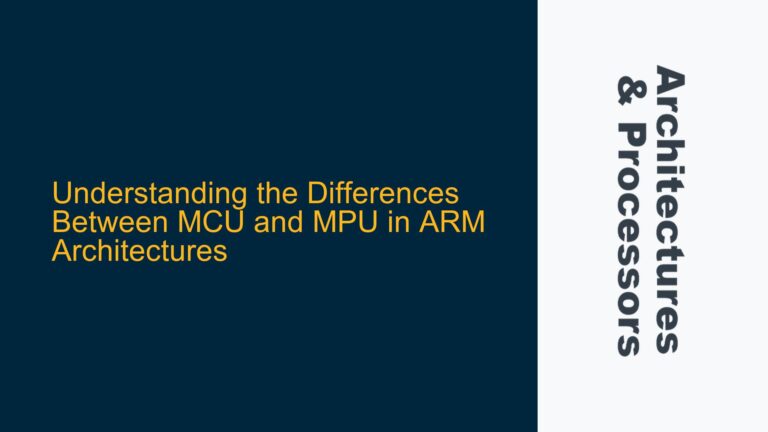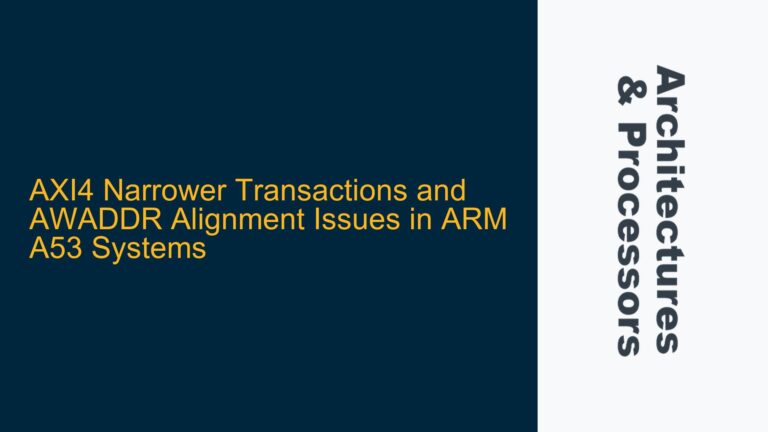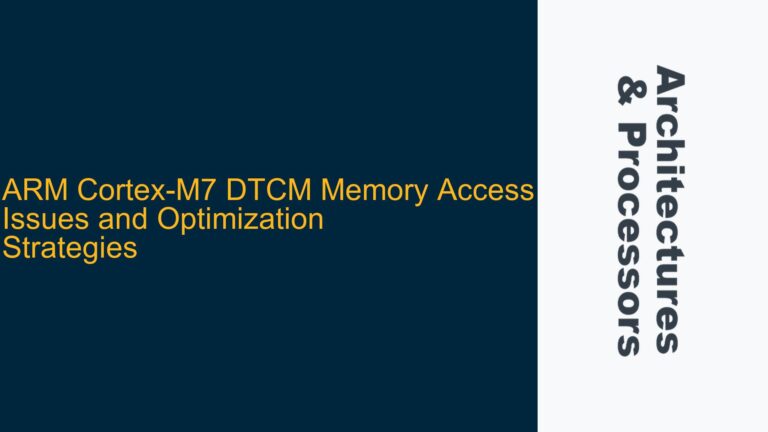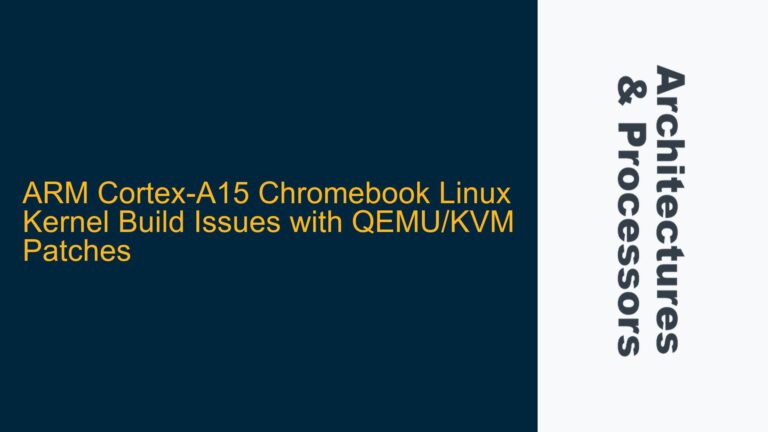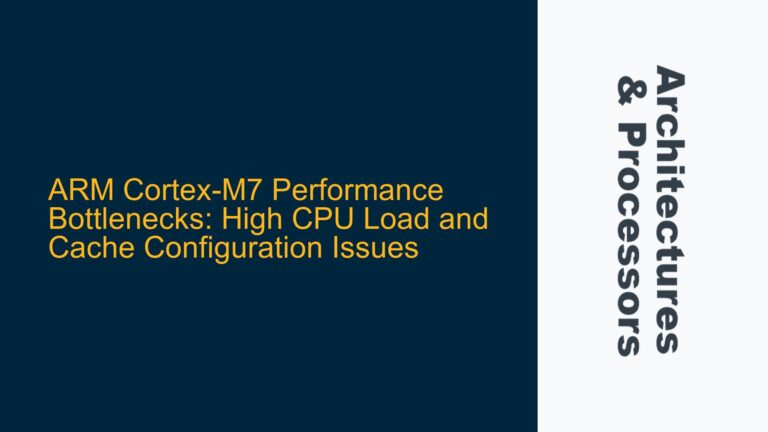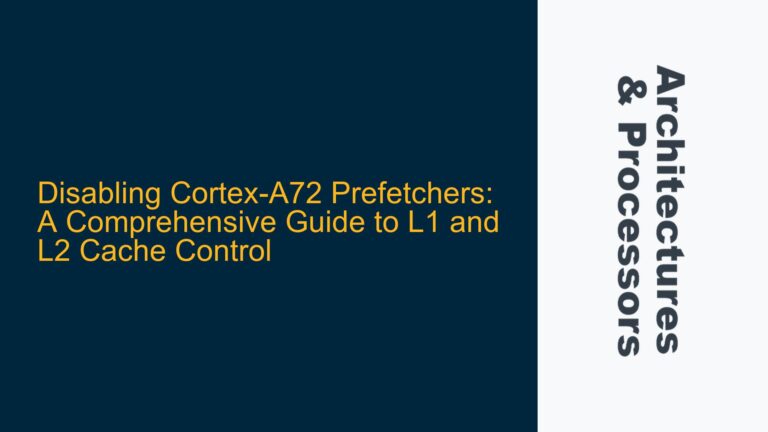ARM Cortex-A55 Baremetal Boot: EL1 to EL0 Transition Exception Due to Stack and System Register Access Issues
ARM Cortex-A55 Baremetal Boot: EL1 to EL0 Transition Challenges When working with the ARM Cortex-A55 processor in a baremetal environment, transitioning between exception levels (ELs) is a critical part of setting up the execution environment. The Cortex-A55, based on the ARMv8-A architecture, supports four exception levels: EL0 (user mode), EL1 (OS kernel mode), EL2 (hypervisor…
